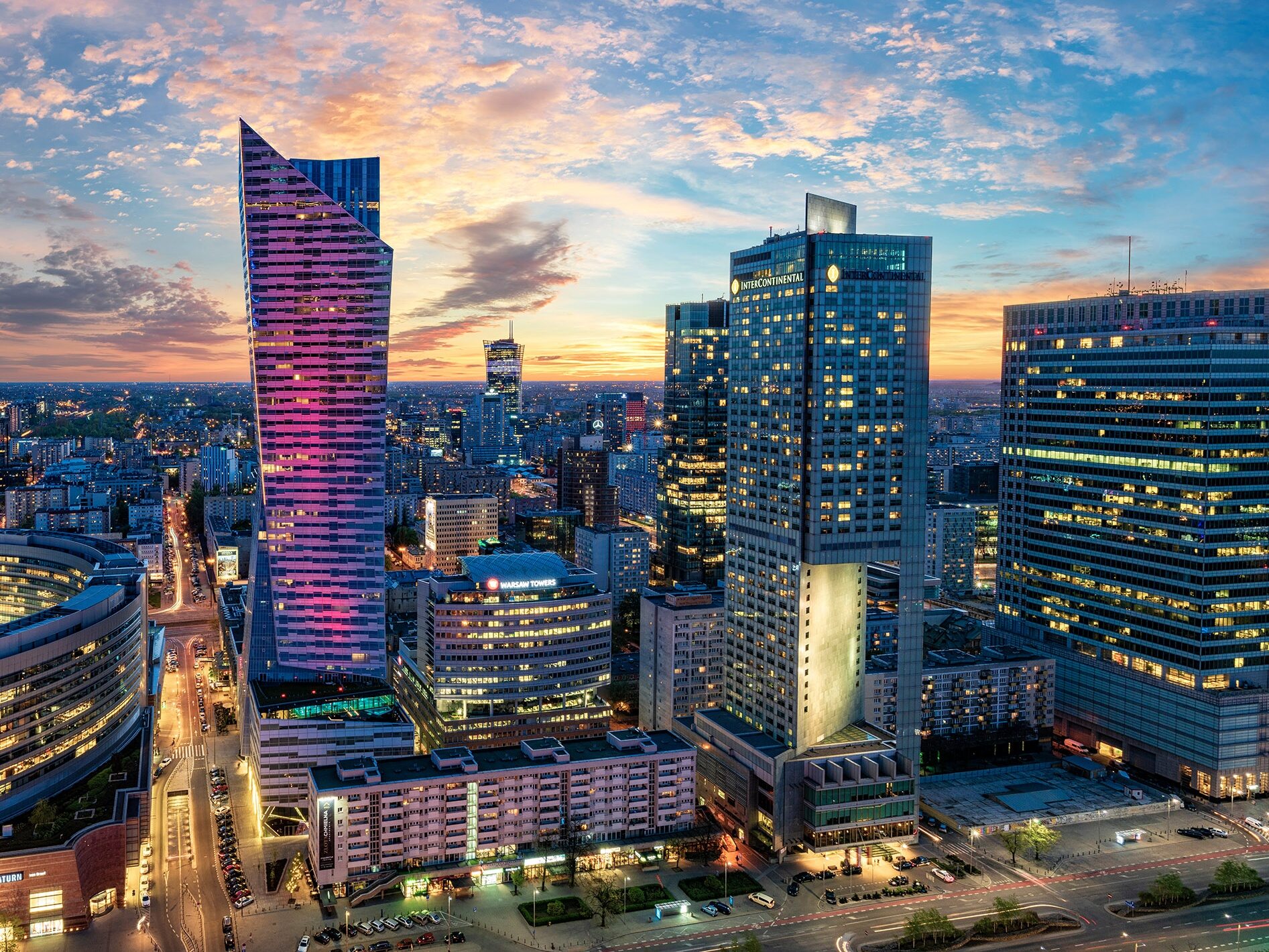The era of green office buildings is coming. They will be powered by energy from renewable sources

Research shows that environmental, social and governance initiatives will become increasingly important for both institutional investors, shareholders and the business environment of companies.
ESG is an acronym indicating three pillars of non-financial assessment of enterprises and organizations. It is on their basis that ratings are created, taking into account, among others: by investors or the business environment. They consist of three parameters: environmental, corporate social responsibility and corporate governance. They affect virtually all activities. Naturally, also office space.
– ESG has become a permanent fixture in office spaces. In office projects, this results not only from the reporting obligation, but also from care for the environment. Therefore, we use low-emission concrete and recycled materials for construction. Care for the environment is also reflected in the management of light, water and the use of rainwater to water green spaces. These are all activities that allow us to reduce CO2 emissions into the environment, says Marta Zawadzka, leasing director at Yareal Polska.
At the beginning of the 21st century, no one thought about the extent to which the carbon footprint depends on offices. Today, it is the subject of serious analysis, starting at the design stage of a new building.
– The size of the carbon footprint is determined by the construction stage itself, i.e. the use of appropriate materials for construction, e.g. low-emission concrete. It is also important to reduce the negative impact on the environment, among others: use of electricity from wind farms. You can also use recycled materials, the expert notes.
Taking into account only the above elements, CO2 emissions can be reduced at the very beginning of the investment process. At subsequent stages, aspects related to project and property management are added. There are ways to reduce electricity and water consumption.
The sooner companies realize the importance of ESG in their operations in the coming years, the better. According to the report “Friendly offices. A Guide to Buildings You Want to Work in” published by ThinkCo, as many as 83 percent experts believe that ESG initiatives will increase shareholder value over the next five years. Almost three-quarters of individual investors (74%) are considering not investing in entities that demonstrate poor sustainability performance.
There are many indications that after 2028, every new building in the EU will have to meet zero-emission standards. ThinkCo points out that currently international funds do not invest in buildings that do not have green certificates. Tenants themselves increasingly take into account the compliance of offices with ESG. This shows that the term “green office” is not just a distant vision.
– When I think about a green office, the first thing that comes to my mind is a lot of greenery, but I also think about photovoltaics, heat pumps, the use of renewable energy sources, conscious management and savings. This is how I see offices in a few years, says Marta Zawadzka.
ThinkCo points to research results according to which green offices translate into an increase in employee efficiency by 26%. According to research, 93 percent people who work in such facilities declare better well-being and satisfaction with their work. Moreover, the influence of natural light and modern ventilation translates into a reduction in the number of sick days of employees. However, the described trends do not mean that older buildings are doomed to demolition.
– On the Polish market, we see more and more newly constructed office buildings that use all aspects of the emission reduction model and ESG points. There is also quite a large section of older office buildings, which are now increasingly undergoing so-called redevelopment, i.e. they are being purchased and rebuilt. New installations are installed, the space becomes more effective and ergonomic. Such a building gains a new life – explains the Yareal Polska expert.
According to the Central Statistical Office (GUS), 497 new office buildings were put into use in 2023. Compared to 2022, there was a decrease of 4.1%. Total usable area of new offices completed last year that's 779.1 thousand. sq m, which translates into a decrease by 3.3%.
The most new office space nationwide was created in the Silesian Voivodeship (19.9%), Lesser Poland Voivodeship (15.5%), Lower Silesia Voivodeship (14.8%) and Masovian Voivodeship (14.2%). The smallest share of new office space concerns the Lubusz Voivodeship (1%), the Świętokrzyskie Voivodeship (0.8%) and the Warmian-Masurian Voivodeship (0.6%).






